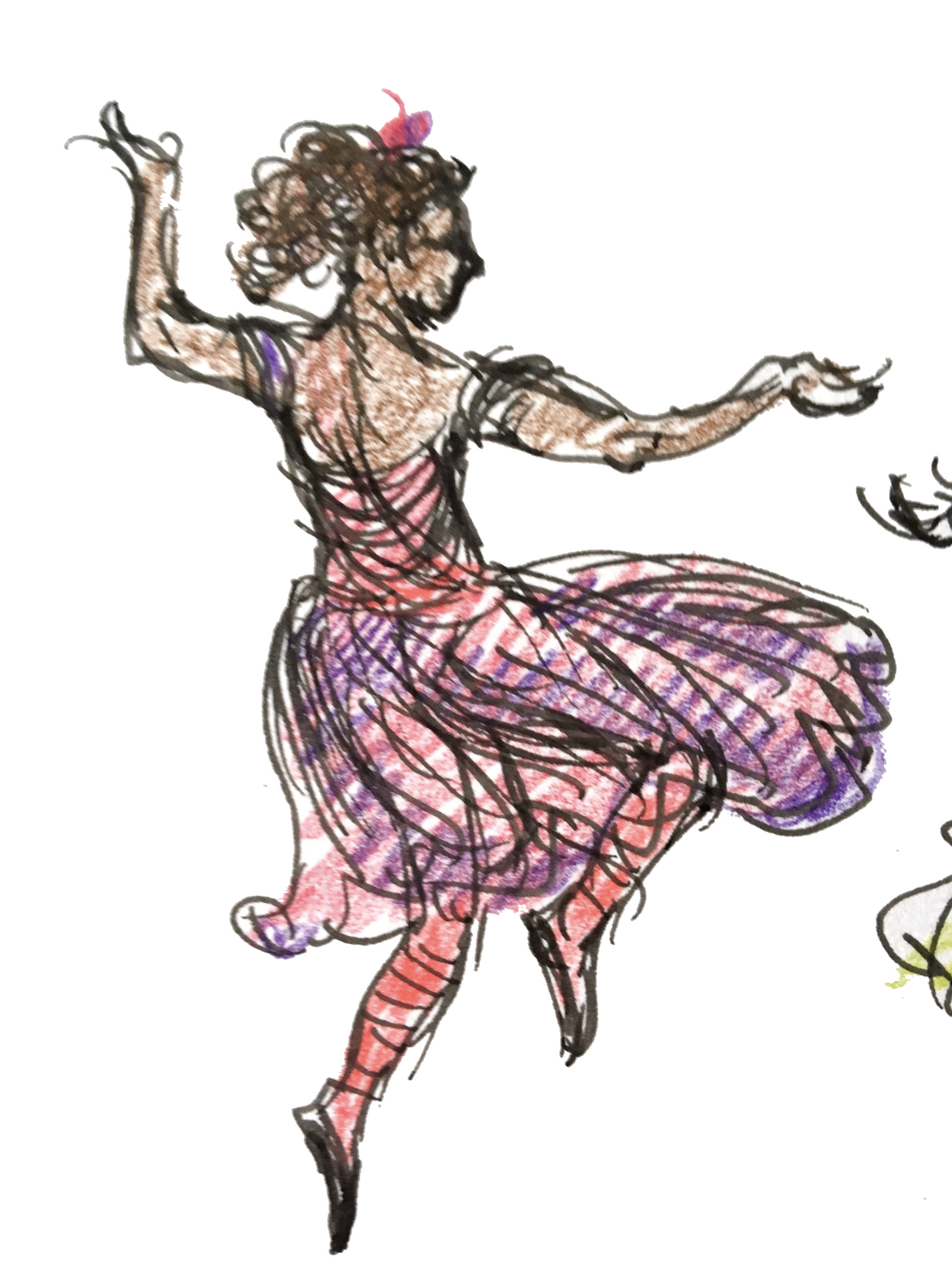“The Most Important Thing an Artist Can Do”– The Thumbnail Sketch
Everybody doodles. Artists doodle. When you get an idea, the first thing you might do is just scribble something on a piece of paper — just to get it down. It doesn’t have to be perfect. Many masterpieces of painting, sculpture and architecture started out on a piece of scrap paper. If you’re working out a design or composition, it’s quite liberating just to scribble something that no one else will ever see.
Shaun Tan , the prodigiously gifted Australian creator of The Arrival and other brilliant storybooks that are not just for children) writes that he makes many thumbnail sketches. He admits that plenty of ideas don’t work out, but the thumbnail sketch is a way of exploring all possibilities with no risk. (And no risk of ruining expensive paper ).
Making thumbnail sketches is not only relaxing and fun, it’s never a waste of time, because it gets your mind working. And when one of these little sketches sparks a response — seems worth saving for future use —- it’s worth a great deal more than it might seem. A thumbnail sketch can be enlarged and refined — but until you use them, they’re easy to store. You can have small notebooks just for doodles and tiny quick sketches, or you can paste them into a scrapbook.
In The Natural Way to Draw ( a book I’ve long regarded as a kind of drawing Bible, Kimon Nicolaiadies says, in his rather authoritarian way— that the thumbnail sketch should be practiced daily — that it is the most important thing an artist can do. Well, I don’t do thumbnail sketches every day, but I have done a lot them, and I have to agree. Save them — you never know when they’ll come in useful.
There’s a wonderful immediacy to the thumbnail sketch — you are connecting your mind to paper—- to something concrete. You are getting the wheels going.
Below is a thumbnail sketch I had intended to use in a retelling of “The Twelve Dancing Princesses,” a project I left by the wayside — for now. Eventually this little dancer turns up, in a different costume, in my recent children’s book, “The Oak Sprite.” 
In “Writing with Pictures, “ Shel Silverstein says that the most difficult thing in refining a piece for publication was to preserve the energy of the original sketch. He’s right!